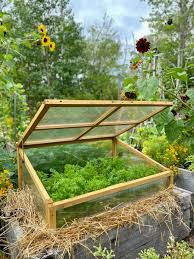If you’re limited by space or budget but want to extend your growing season, a cold frame is a great solution. It functions like a miniature greenhouse, providing protection for plants against cold temperatures. Cold frames are particularly useful for extending the growing season into early spring or late fall, and some gardeners even use them to grow through the winter.
What is a Cold Frame?
A cold frame is a small, four-walled structure with a transparent top that allows sunlight to enter. This creates a microclimate inside that is typically one or two USDA Hardiness Zones warmer than the outside environment. Cold frames are designed to trap heat from the sun, creating a warm, protected space for plants that struggle in cold or freezing conditions.
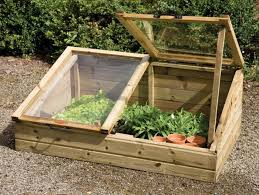
Key Benefits of Cold Frames
- Starting Seeds: Cold frames are ideal for starting seeds in early spring. While they can’t provide enough warmth for heat-loving plants, they are perfect for cold-weather crops like lettuce, spinach, and broccoli. The structure increases the ambient temperature by around 10°F, allowing seeds to germinate even when snow is still on the ground.
- Hardening Off Seedlings: After starting seeds indoors, seedlings need to be gradually introduced to outdoor conditions. A cold frame provides a controlled environment to harden off plants, reducing the risk of damage from frost or wind.
- Growing Cold-Hardy Plants in Fall/Winter: Plants like lettuce, spinach, and radishes thrive in cold frames during the winter. The structure helps maintain a temperature 10°F warmer than the outside air, allowing you to grow vegetables well into the colder months.
- Extending the Growing Season: For plants that require longer growing seasons (like tomatoes or peppers), a cold frame can help you start them earlier in the spring and extend their harvest into the fall.
- Overwintering Dormant Plants: Perennials, such as fuchsias and geraniums, can survive winter in a cold frame. You can also overwinter tender bulbs like dahlias by placing them in the cold frame and protecting them from extreme temperatures.
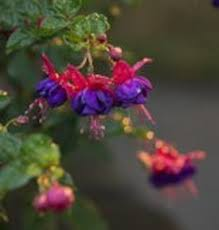
Key Considerations for Building a Cold Frame
- Location: Place your cold frame in a sunny spot, preferably on the south side of a building. This ensures maximum sunlight exposure. If you place it near a brick wall, it can absorb and radiate additional heat, further benefiting the plants inside.
- Size: While there are no standard dimensions, a cold frame should be about 6 feet long and 3 feet wide, providing ample space for your plants while still being manageable.
- Material: Cold frames can be made from various materials. Stone or brick walls retain heat better than wood, but they can be more expensive. You can use plastic or glass for the transparent top, with double-glazed panels offering better insulation.
- Water Runoff: Design the structure so that one end is slightly higher than the other, allowing water to drain away. This will help keep your plants healthy.
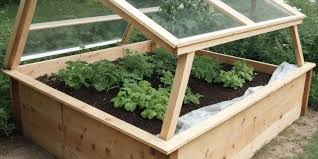
Tips for Maximizing the Use of a Cold Frame
- Insulate the Structure: Surround your cold frame with straw, cardboard, or soil to help retain warmth. At night, you can also cover it with a blanket to further protect the plants from cold temperatures.
- Close Plant Spacing: Planting crops closer together increases the internal temperature, benefiting your plants by providing a warmer microclimate.
Cold Frame Tips for Different Uses:
- Starting Seeds: Cold frames are perfect for starting cold-hardy seeds, such as beets, carrots, and cabbage. The structure offers frost protection while allowing seeds to germinate in cooler conditions.
- Harden Off Seedlings: Instead of moving seedlings in and out of your home, place them in the cold frame to harden them off. Open the lid gradually each day to acclimatize the plants to outdoor conditions.
- Winter Growing: Grow plants that can handle cold temperatures, like spinach or kale, well into winter. The increased temperature inside the cold frame ensures they stay alive even in the harshest weather.
- Season Extension: Use your cold frame to give crops that require a long growing season, like tomatoes, extra warmth early in the spring or late into the fall.
- Overwintering Dormant Plants: For tender plants or bulbs, bury them in the soil of the cold frame to protect them through winter, while minimizing the light they receive.
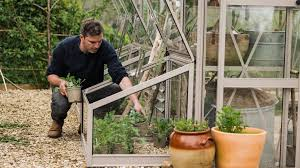
Conclusion
Cold frames are a powerful, cost-effective tool for gardeners looking to extend their growing season, start seeds earlier, and protect delicate plants from harsh weather. Whether you’re in a colder climate or trying to grow plants that need extra warmth, the cold frame provides a practical solution. With careful placement and a little attention, you can use a cold frame to grow vegetables and herbs year-round.
